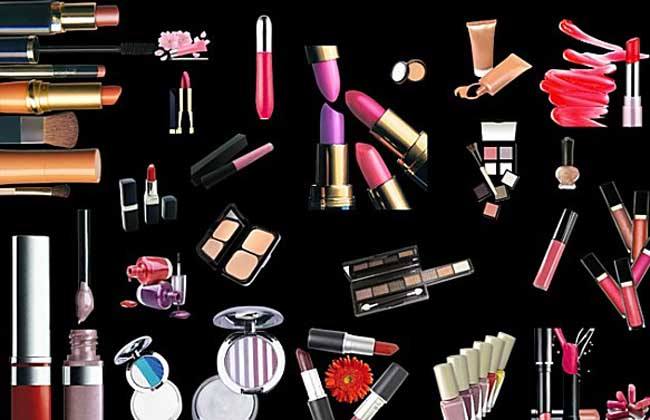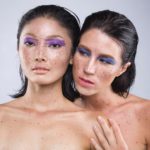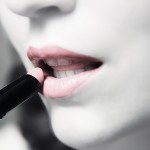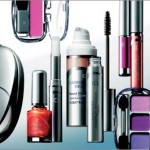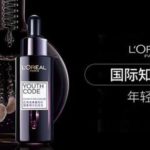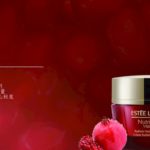Cosmetics market in China
Overview of the cosmetics market in China
China represents one of the most dynamic and untapped cosmetics and markets in the world. The last several years have proved highly beneficial for the market since it has undergone a rapid expansion phase. The Chinese cosmetics market was the 2nd largest in the world after the United States in 2018. It increased by 4.2% sales year on year to RMB261.9 billion. Although the Chinese cosmetics market registered an impressive growth due to urbanization and higher income in China, the country still has high growth potential which is far from its saturation level. Relatively low penetration level and a vast consumer base are two key factors of cosmetics market in China.
Skincare dominates China’s cosmetics market
Skincare dominates the overall cosmetics market in China. In 2009, China’ s skincare segment acquired almost 40% share and showed no signs of slowdown, even in a recession. Other segments like hair care, color cosmetics, fragrances, etc have also experienced double digit growth over the recent years.
The cosmetics market in China provides opportunities to both homegrown and international players. However, international companies like P&G and L’Oreal are currently leading the Chinese cosmetics market, with an 86% share of the total retail sales. Only 3 domestic Chinese brands, CHICMAX, Shanghai Pechoin and JALA Corporation, ranked among the top ten cosmetics brands in 2017. Foreign brands generate a majority of the industry revenue and are preferred by the consumers over the local companies. Wide product lines along with aggressive marketing strategies are considered the success mantra adopted by these international cosmetics giants.
The penetration rate of online cosmetics shopping has exceeded 70%
The penetration rate of online cosmetics shopping in China has risen from 53.4% in 2014 to 74.2% in 2018. Online platforms have become the most important channel for Chinese users to buy cosmetics. International brands mainly occupy the high-end cosmetics market. Although their sales account for 60% of the overall Chinese cosmetics market, sales revenue accounts for 90%.

[Source: 16pic, Double 11 online shopping festival]
38.8% of Chinese cosmetics consumers who are willing to buy cosmetics online are from first-tier cities. 30.6% from second-tier cities, 15.6% from third-tier cities, and 15% from fourth-tier cities and other cities.
According to the analysis of the online popularity of the keyword “cosmetics” in different regions of China, netizens in Guangdong province are following cosmetics-related information the most frequently, followed by Zhejiang, Shandong, and Hubei. As for the purchase channels of cosmetics, 47.4% of Chinese cosmetics consumers prefer to buy cosmetics on integrated e-commerce platforms. 42.2% of consumers buy cosmetics at cosmetics specialty stores, and 39.7% of consumers directly purchase cosmetics at department stores.
Demographics of Chinese skincare consumers
Although women are the primary consumers of cosmetics, men’s skincare consumption in China is on the rise. The proportion of Chinese cosmetics consumers between 19 and 25 years old tends to buy skin care products; make-up and hair care products are 33%, 28% and 17% respectively. Consumers between 26 and 30 years old tend to buy skin care products. The proportions of bath products and hair care products are 33%, 13% and 22% respectively; consumers between 31 and 40 years old tend to buy skin care products, bath products and hair care products at 32%, 24% and 17 respectively.
Overall, the product preferences of online consumers of different ages for different categories of cosmetics are not obvious. However, Chinese cosmetics consumers aged 29 to 25 years old have a higher demand for online shopping.
Customer segments of cosmetics market in China
According to the analysis of Chinese cosmetics consumers, people born between the 1970s-1990s have the strongest consumption power. They account for nearly 90% of cosmetics consumption in China, of which nearly 40% is from those born in the 1980s alone. Cosmetics products, especially lipsticks, have become a new trend for gifts, which increases the sales volume by 76.5% year on year.
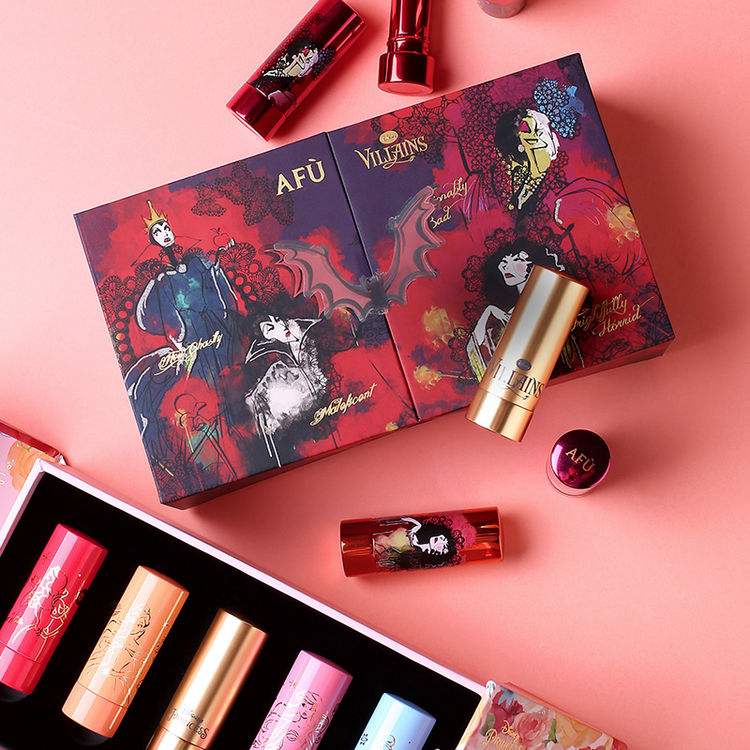
[Source: Shengri, AFU magic lipstick gift box]
As Chinese cosmetics consumers born between 1995 and 2000’s, also known as Gen Z consumers, start to enter universities and society, they increase their demand for cosmetic products. Hence, this group might become the new leading force of the Chinese cosmetics market.
Gen Z consumers have the following characteristics:
- They are addicted to online shopping and have diversified brand preference with changing demands.
- Culturally, they are nurtured by mixed culture of both China and western influence. Their Chinese culture gives them a sense of pride.
- They are more willing to try new products.
New opportunities for Chinese cosmetics market development and future hot spots
From 2014 to 2018, the scale of China’s social commerce market showed a rapid growth trend, and by 2018, the scale of the social e-commerce market reached 1,139.78 billion RMB. 61.0% of Chinese consumers indicated that social media platforms have become an important place for them to “plant grass (种草)” cosmetics. Chinse cosmetics consumers born after 1995 or 2000 stated that the probability of “pulling grass (拔草)” due to social e-commerce recommendations is 76.6%. Cross-border e-commerce companies such as Xiaohongshu, Princess Pea, and Koala Haigou provide power support for cosmetics consumption.
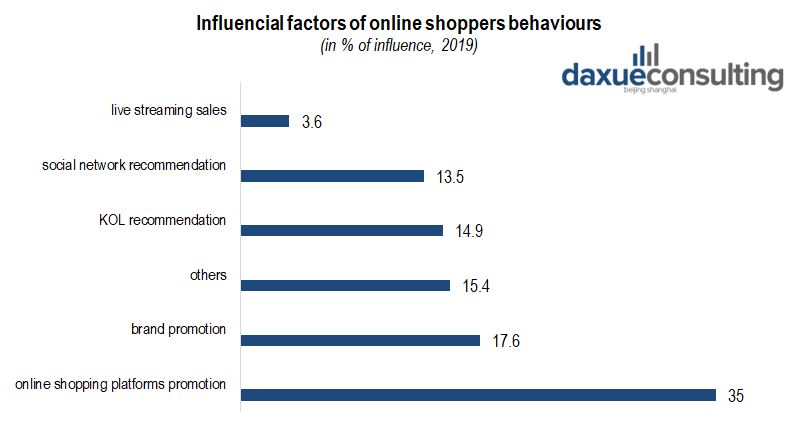
[Data source: data.iimedia.cn, drivers for online shopping in China]
In the Chinese cosmetics market, companies should pay more attention to makeup products which continue to gain popularity, like lipstick. On the other hand, the facial skin is still the main focus of skin care, with a large market foundation. In addition to the basic needs of moisturizing and using sunscreen, consumers will also have increasing demand for functional skin care products such as color-evening and anti-aging.
Three growing skincare categories
The explosive products in China’s skin care market are mainly divided into three categories: One is the long-term hot-selling products, usually some products of major international cosmetic brands, such as Estee Lauder‘s “small brown bottle” essence, Lancôme “Pink water” toners, etc. Second is a category of niche new products that have only appeared in the Chinese market in the past two years, such as the Spanish MartiDerm ampoule essence that was hot last year. Third are certainly innovative or interesting products, this year’s new “Black Sea Salt Bubble Mask” by Pleja. With the help of social networks, the latter “grown grass” and quickly became the first place in the “Douyin Beauty Skin Care List”, with monthly sales exceeding 100 million.

[Source: Baidupai, Lancôme Tonique Confort (pink water)]
Although the Chinese cosmetics market has become highly competitive, there is still a plenty of room for new entrants. Provided, they adopt appropriate market entry strategies, find right manufacturing or distribution partners, use effective marketing strategies, and make suitable products for various customer groups at reasonable price points.
With increasing disposable income, a surging working population (especially women) a appearance-conscious approach and strong promotional strategies, we anticipate that cosmetics market in China still has huge potential that can be unlocked.
The Chinese cosmetic market has a lot of untapped potential
The cosmetics market in China is still growing at full speed. To get a piece of the large Chinese cosmetics market, we suggest you start with consumer research and a digital strategy.
This means:
- Build yourself good brand awareness in China. No brand awareness means that you don’t exist in the Chinese business world.
- Knowing the right distribution channels for your brand
- Have a clear brand positioning, a strong identity
- Be active on digital platforms
Contact dx@daxueconsulting.com to start your project in China’s cosmetics market.
Let China Paradigm have a positive impact on your business!
Listen to China Paradigm on iTunes



